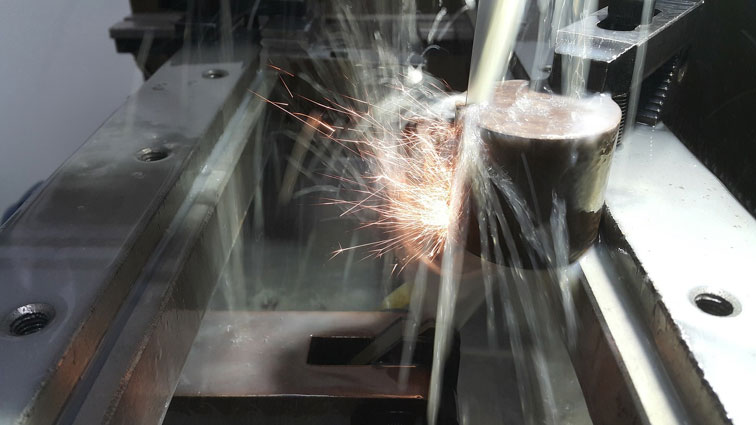
September 18, 2019
Part of the designing and engineering process is to determine what physical properties the part needs and the best metal chose to provide those requirements. Having metal alloys heat treated, either before or after machining, can immensely improve key physical properties. Heating treatments can add to the hardness of the metal, its strength, or its machinability.
In the heat treatment process, metals are heated to extreme temperatures and allowed to cool in a controlled manner.
The temperature to which the material is heated, the time it is allowed to stay at that temperature, and how fast or slow it is allowed to cool, all have an effect on the final physical properties the metal alloy will obtain.
This article will review the heat treatments that are most commonly used for metal alloys in CNC machining. By explaining how these processes affect the properties of metal alloys, this article will help you decide which material is best for your application.
Here are a couple of basic rules that are followed as to when heat treatment is applied to metal alloys:
Before CNC machining:
Post CNC machining:
3D Hubs provides online CNC quotes. As part of those services, we can assist you in choosing the right material for your application and provide you with the heat treatment that your application requires.
When you place an order with 3D Hubs online CNC services, you have three ways to request a heat treatment:
In this episode, I sat down with Beejan Giga, Director | Partner and Caleb Emerson, Senior Results Manager at Carpedia International. We discussed the insights behind their recent Industry Today article, “Thinking Three Moves Ahead” and together we explored how manufacturers can plan more strategically, align with their suppliers, and build the operational discipline needed to support intentional, sustainable growth. It was a conversation packed with practical perspectives on navigating a fast-changing industry landscape.